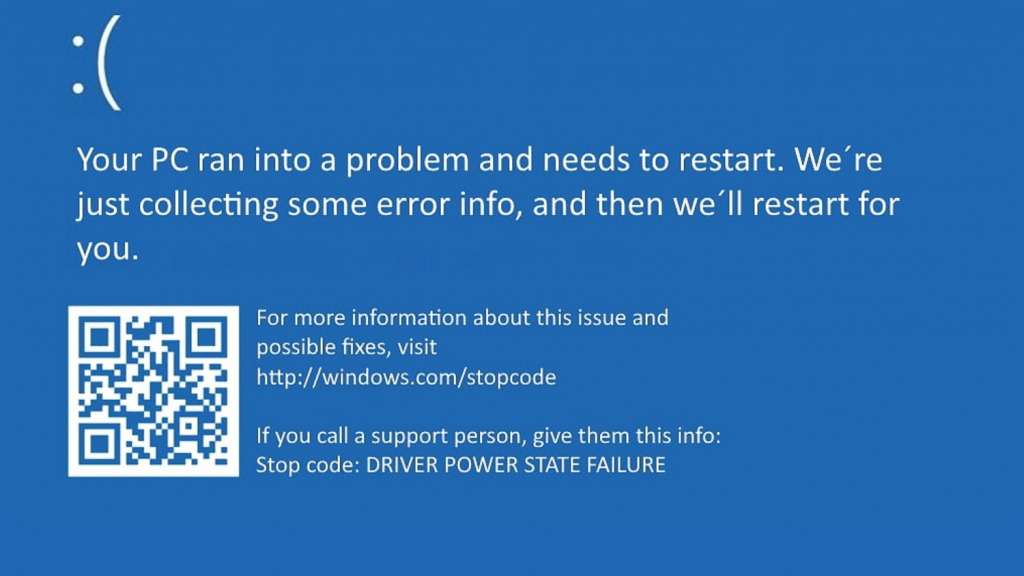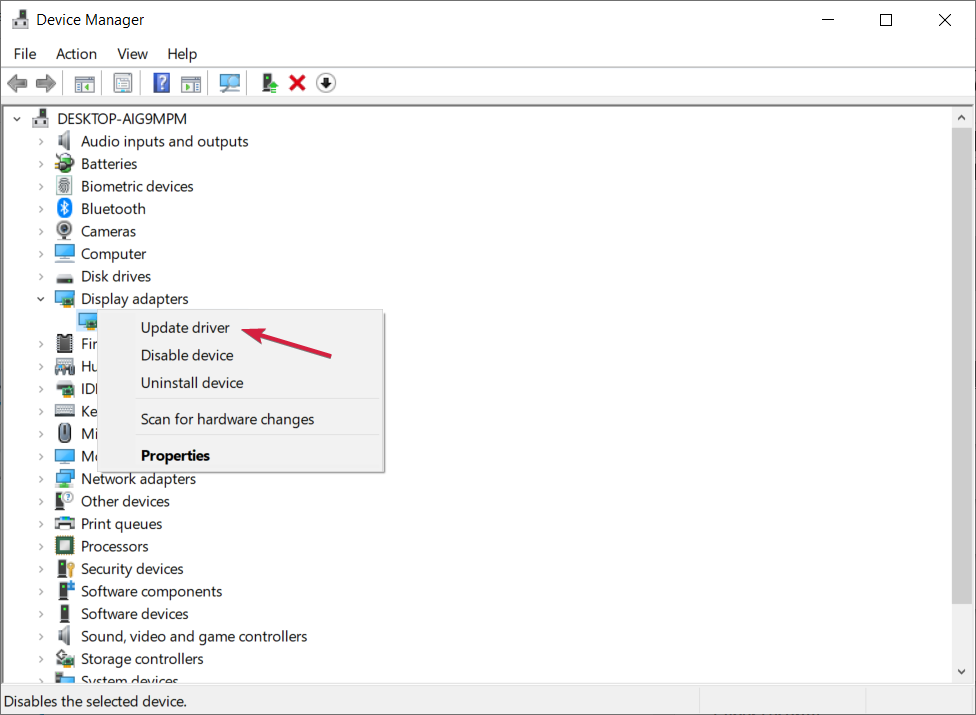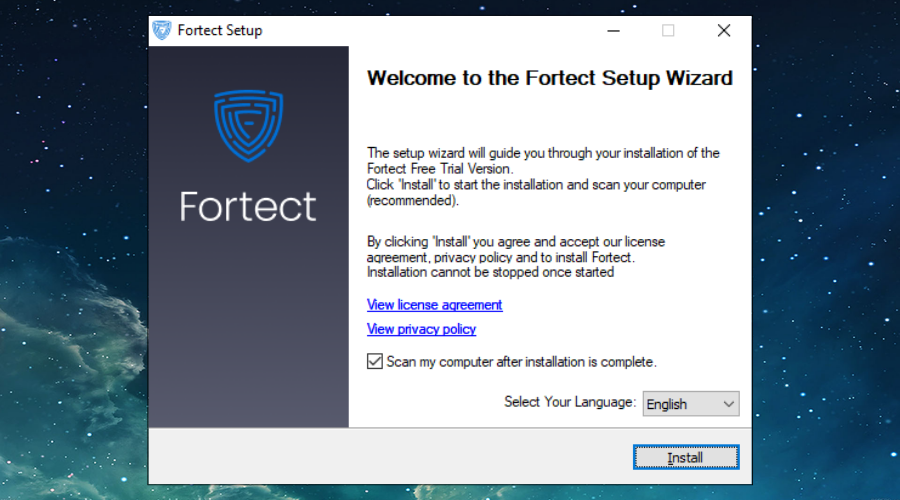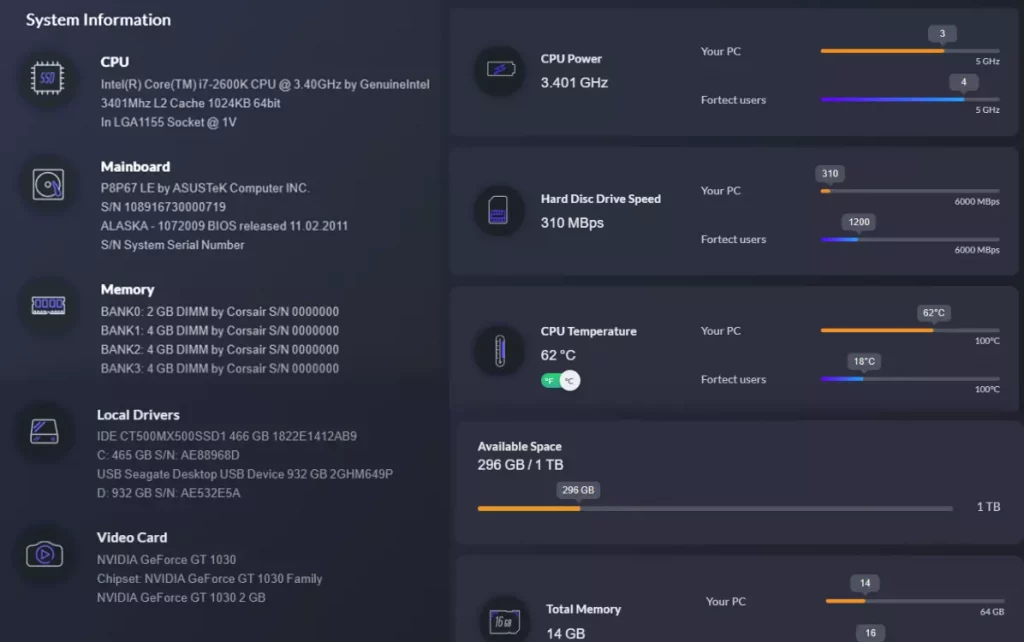Fix Windows 11 BSoD after Sleep Mode
The Windows 11 Blue Screen of Death (BSoD) is a critical error that forces the system to reboot because it can no longer safely run. This can be frustrating if it keeps happening after waking up from Sleep Mode, but the blue screen stop code can help identify the problem.
Here’s all you need to know about the Windows 11 BSoD after sleep and how to prevent it.
Why does Windows 11 BSoD occur after sleep?
A BSoD after Windows attempts to wake up from sleep is often a recurring problem but can also happen at random. Regardless of how often it happens, it’s crucial to repair Windows because it could lead to corruption and other computer issues.
One of the most common causes is a conflict with your graphics card or power management drivers. These are the software Windows uses to communicate with the physical hardware components. If outdated, incompatible with a Windows update, or corrupted due to malware or a failed installation, it can cause the BSoD when your PC attempts to wake up from hibernation.
In some cases, the graphics driver may take too long to recover when resuming from sleep or hibernation, which causes the problem.
Other reasons your PC might crash after sleeping include:
- Bad Windows Updates – Sometimes, Windows Updates can introduce bugs or compatibility issues with certain hardware or drivers.
- Hardware Problems – Faulty hardware components, such as RAM, graphics cards, or even your monitor, can trigger BSoD errors when resuming from a low-power state.
- Power Settings – Incorrect or conflicting power settings in Windows, BIOS/UEFI, or third-party software can lead to instability when resuming from sleep.
- Bad Software – Poorly designed software, including antivirus programs or utilities, can interrupt the sleep process and lead to the BSoD.
- BIOS/UEFI Issues – An outdated or incompatible BIOS/UEFI firmware, both when you’ve newly built a PC or are running an old setup.
- Windows Fast Startup – The Windows Fast Startup feature may interfere with sleep and hibernation. Disabling it can help resolve some BSoD issues.
- File Corruption – Corrupted system files, drivers, or a broken Windows Registry are the root of many BSoD errors.
- Virtual Memory Issues – Problems with the management of virtual memory (paging file), especially if you have altered this yourself.
- Overclocking – Pushing your CPU or RAM beyond its limits may lead to instability that expresses itself when waking up.
How to fix a Windows 11 BSoD after sleep
Most blue screens display a stop code at the bottom that can help you diagnose the cause. For example:
DRIVER_POWER_STATE_FAILURE – One of your hardware drivers has failed to assign the correct power state and, therefore, crashes upon waking up.

VIDEO_TDR_FAILURE – This error is common when a graphics card driver is outdated or corrupted.
DRIVER_IRQL_NOT_LESS_OR_EQUAL – When something fails as Windows tries to access memory.
These are just some common stop codes that can be displayed after hibernation. The good news is that if the BSoD is only happening after waking up, you can still access the desktop after a reboot to help fix the problem.
The following steps can help you recover from a BSoD on Windows 11:
1. Hardware Check:
Fully power off your computer and check that hardware components are seated correctly. Clean away any dust that might be blocking ventilation.
2. Check Power Settings:
Review and adjust power settings in Windows, including those related to sleep and hibernation. Ensure they are compatible with your hardware.
3. Update Drivers:
Use the utilities that came with your graphics card and other hardware to check for driver updates. You can also update drivers manually by visiting the manufacturer’s website and downloading the files, then use Device Manager and right-click each component to update.

4. Run Windows Update:
Make sure Windows update isn’t paused, and you have successfully updated to the latest release.
5. Disable Fast Startup:
Experiment with disabling the Fast Startup feature in Windows.
6. Reset Virtual Memory:
If you suspect virtual memory issues, consider resetting the virtual memory settings.
7. Disable Overclocking:
If your system is overclocked, return components to their default settings to test for stability.
8. Use a Restore Point:
If the problem only started happening, go back to a prior point using the Windows System Restore feature.
Use a Windows repair tool
Fortect is the ideal solution when physical hardware problems have been ruled out. It has the ability to replace missing or corrupted system files and registry entries automatically without needing Windows boot media.

- Download and Install Fortect on Windows 11.
- Perform a full system scan to find all Windows issues.
- Click Start Repair to repair everything, including corrupted system files, a damaged registry, and junk files.
- Restart your PC and check if the error persists.

Note: Fortect also gives a hardware summary which can help you determine if components are underperforming, aren’t being recognized, or your system is overheating.
Conclusion
A BSoD every time your Windows 11 PC comes out of hibernation is certainly not ideal. However, with a bit of troubleshooting and using a repair tool like Fortect, you can soon get the system functioning properly.



